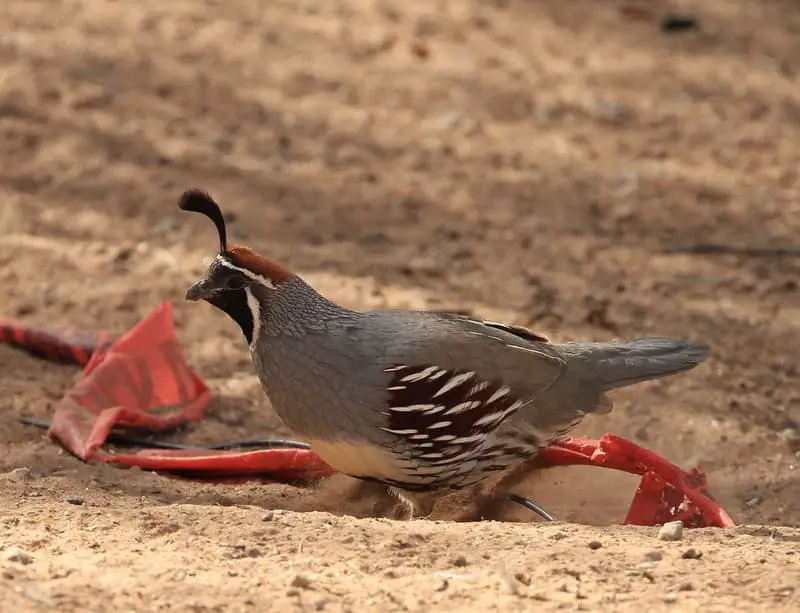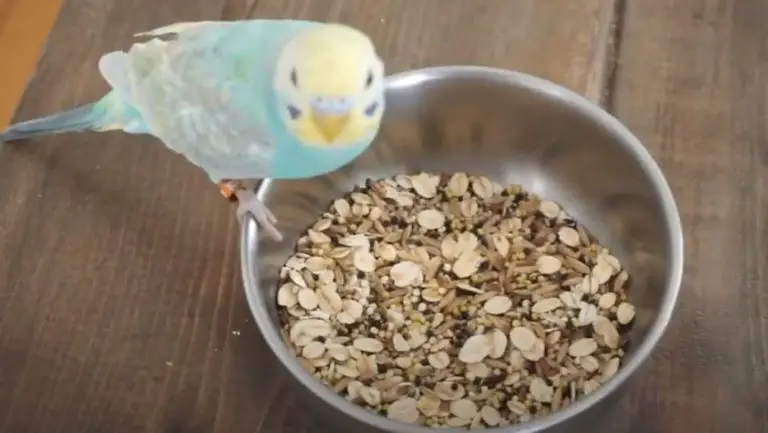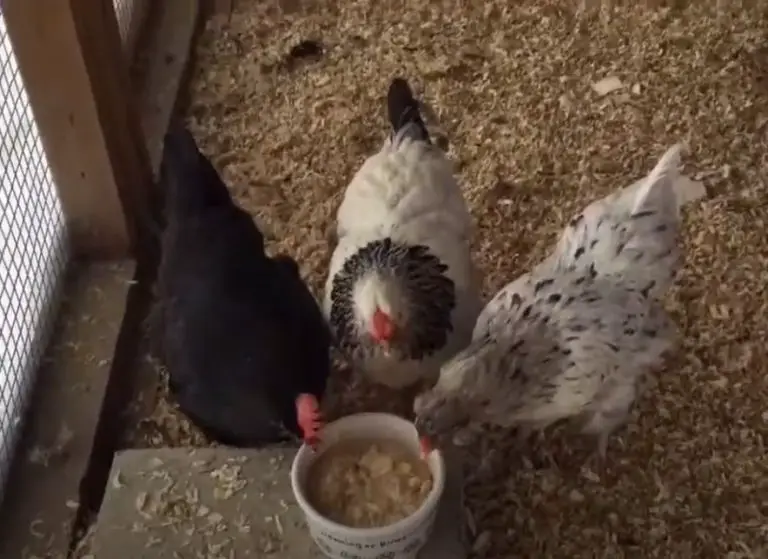Why do Quail Dig in The Dirt? (The Main Reason)

Why do quail dig in the dirt?
Have you noticed that quails love to dig into the ground as if they were digging up treasure? it’s a very common activity for these birds and although it may seem that they are getting dirty with dirt it’s actually the opposite.
In fact, digging into the ground is the quail’s way of “showering”, they use the soil to get rid of bacteria and small insects in their feathers and body, the quails are bathed in soil, thus forming holes in the ground in the process. This activity is called sand bathing and is the main reason why quail dig in the dirt.
Why is the sand bath so important for the Quail?
The quails are bathed in the sand to clean their plumage. In this way, it gets rid of the pests that have lodged there. To ensure that they can be treated in areas that are difficult to access, they need fine, dry sand.
The birds and mainly their plumage is parasitized by mites, ticks and lice, which cause the plumage to degrade and lose efficiency in flight and thermoregulation. To eliminate part of these parasites many birds bathe in soil or sand such as quails and chickens.
Other birds besides the ground also use insects, and especially ants that contain formic acid, to clean their plumage.
- Additional advantages of the sand bath:
- The sand is pleasantly cool on hot summer days
- The sand bath is a welcome change and counteracts boredom.
- Sand baths are relaxing and promote general well-being.
- A sand bath is a social event if used by several quails at the same time.
For quails that do not enjoy being outdoors, the sand bath fulfills an important task in the digestion of food: the small stones break down food residues and ensure that they are transported smoothly from the stomach to the intestines.
What kind of sand is best for the quail sand bath?
You can use different types of sand for the quails, here are some possibilities:
Play sand for children. Warning: the sand should be dry before it is offered to the quail.
Bird sand from the pet shop. Big advantage: This sand is already provided with grit or shell splinters so that the quails are optimally supplied with calcium.
Advantage: The ash is particularly fine and can easily get between the individual feathers.
Disadvantage: Dusty, leaves a dark film on the plumage of the quail and can irritate the mucous membranes. It is best not to offer the ashes pure, but only add parts.
Quail do not have any special requirements for the type of sand. The main thing is that it contains both small and large stones, is dry and can be scratched. Construction sand has the advantage that it does not cost a lot. The disadvantage: It does not contain any calcium, so the supply has to go through the feed.
Earth from your own garden. It’s free. But make sure that it is not contaminated with cat excrement or the like.
Dry clay, small amounts of kieselguhr and ground bricks. The self-made sand bath is very popular with the quail. But: Sharp-edged broken material does not belong in the sand bath.
Containers suitable for a sand bath
Because the quails devote themselves to a fresh sand bath full of ecstasy, an adequate container should be considered. It is best to use containers with a high rim so that the sand cannot be scraped out.
Crates made of plastic/wood/metal, converted litter boxes or tubs from the garden department in the hardware store are ideal. Such boxes can also be hung on the side of the quail house so that even quails that are kept on a grid floor can enjoy a sand bath.
As an alternative to a separate bowl, the sand can also be laid out as litter in a separate area. A border made of stones or a raised wooden strip prevents the sand and the remaining litter from mixing.
The advantage of a quail shelter that is divided into different areas with different types of bedding:
More structure, varied, natural
The quail can choose where to stay. No boredom thanks to various employment opportunities.
Due to the different properties of the litter and the boundaries of stones etc., dirt and excrement is naturally removed from the feet when crossing the individual areas. This improves stall hygiene and is good for the health of the quail.
So that the bathing experience fulfills its cleaning purpose, the sand must be changed regularly, depending on the population density and other environmental factors (guide value: every two weeks). The swap is important in getting rid of feces and parasites.
The sand bath is not suitable for chicks and young animals up to four weeks of age. There is a risk that they will eat large amounts of the sand and perish.
Do quails nest in the ground?
The quail’s environment is generally flat and open, whether it is a meadow or a cultivated field, and it nests in the ground: it builds its nest in the area where the land has depressions. In this way, the female lays between seven and 18 eggs, which take about 21 days to incubate.







